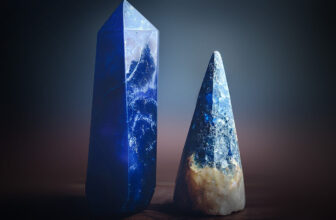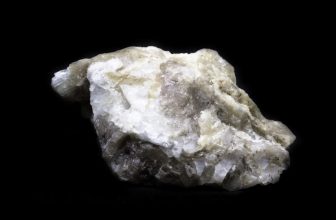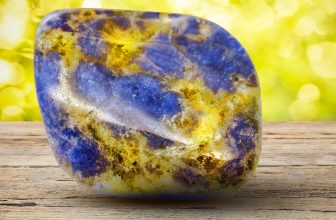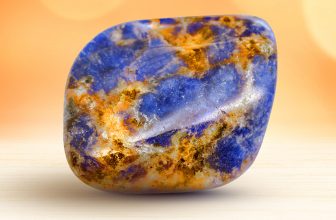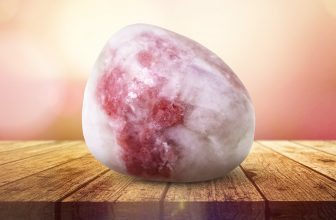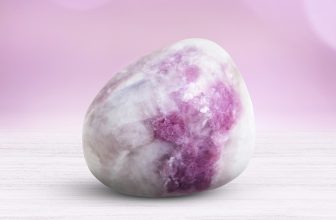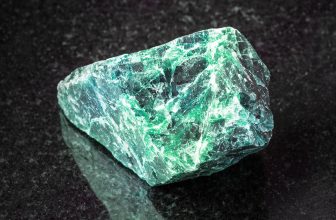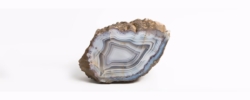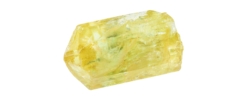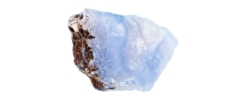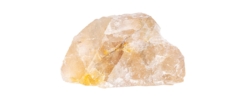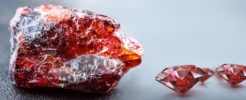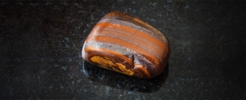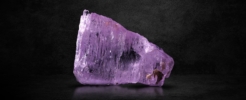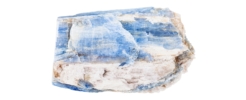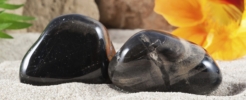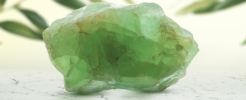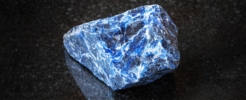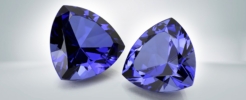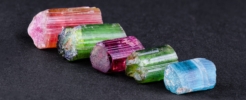Discover the Wonders of Sodalite: The Blue Logic Stone

Known as the “Logic Stone,” Sodalite’s tranquil energy can clear your mind, inspiring deep thought and logical conclusions. This blue gem enhances analysis, intuition, creativity, and self-discipline. It doesn’t just hand over wisdom but helps you see things clearly to form your own.
Dive Deep with Sodalite
When it comes to meditation and self-discovery, Sodalite stands out. It’s one of the densest and most grounding blue stones, making it ideal for deep journeys within. This gem helps you evaluate your motivations, strengths, weaknesses, and patterns of destiny with honesty. Say goodbye to mental confusion and hello to new perspectives! Sodalite boosts consciousness, idealism, and the pursuit of truth while banishing guilt and fears. It encourages you to express your true feelings and stand up for yourself.
The Science Behind the Stone
Sodalite, named for its sodium content, is a chloric sodium aluminum silicate with a hardness of 5.5 to 6. This feldspathoid is renowned for its rich blue color often mixed with white Calcite, but it can also appear in gray, yellow, green, or pink. High-quality blue Sodalite is used in jewelry, while lower-quality material is used for inlay, ornamental stone, and carvings. Typically found in massive or granular form, Sodalite can sometimes appear as rare transparent or translucent crystals.
How to Spot a Sodalite
Often mistaken for Lazurite or Lapis Lazuli, Sodalite is more traditional royal blue and rarely has the gold flecks of Pyrite found in Lapis. Unlike Lazurite’s even color, Sodalite usually displays white veins or Calcite patches, sometimes with small black inclusions. You can identify Sodalite by its white streak (instead of blue) and its orange fluorescence under ultraviolet light. It’s often called “poor man’s Lapis” due to its similar look and affordability.
A Royal Connection: Sodalite’s History
First discovered in 1811 in Greenland, Sodalite gained prominence in 1891 with significant deposits found in Ontario, Canada. The Princess Sodalite Mine in Bancroft, Ontario, became famous when the Princess of Wales fell in love with it during a visit to the World’s Fair in Buffalo, New York. She was so captivated that she ordered enough to decorate her London residence, Marlborough House. Known as Princess Blue or Alomite, this Sodalite varies in blue intensity and is often found with a grayish-white mineral called Nepheline.
Meet Hackmanite: The Chameleon Sodalite
Hackmanite is a rare form of Sodalite that changes color when exposed to sunlight, a phenomenon known as tenebrescence. This “Chameleon Sodalite” from Quebec or Greenland turns from violet to grayish-white, while Hackmanite from Afghanistan and Myanmar shifts from creamy white to violet or pink-red in sunlight. This color change can be repeated indefinitely unless the stone is heat-treated.
Hackmanite carries an exceptionally fine vibration while staying grounded. Known as the “Stone of Eternal Belonging,” it reminds you that everything has its place and time. It helps with harassment, fear, and adapting to daily life challenges. Perfect for those working irregular shifts or traveling through different time zones, Hackmanite helps rebalance your inner clock. It’s also marvelous for deep meditation and enhancing your ability to see spirits and ancestors.

